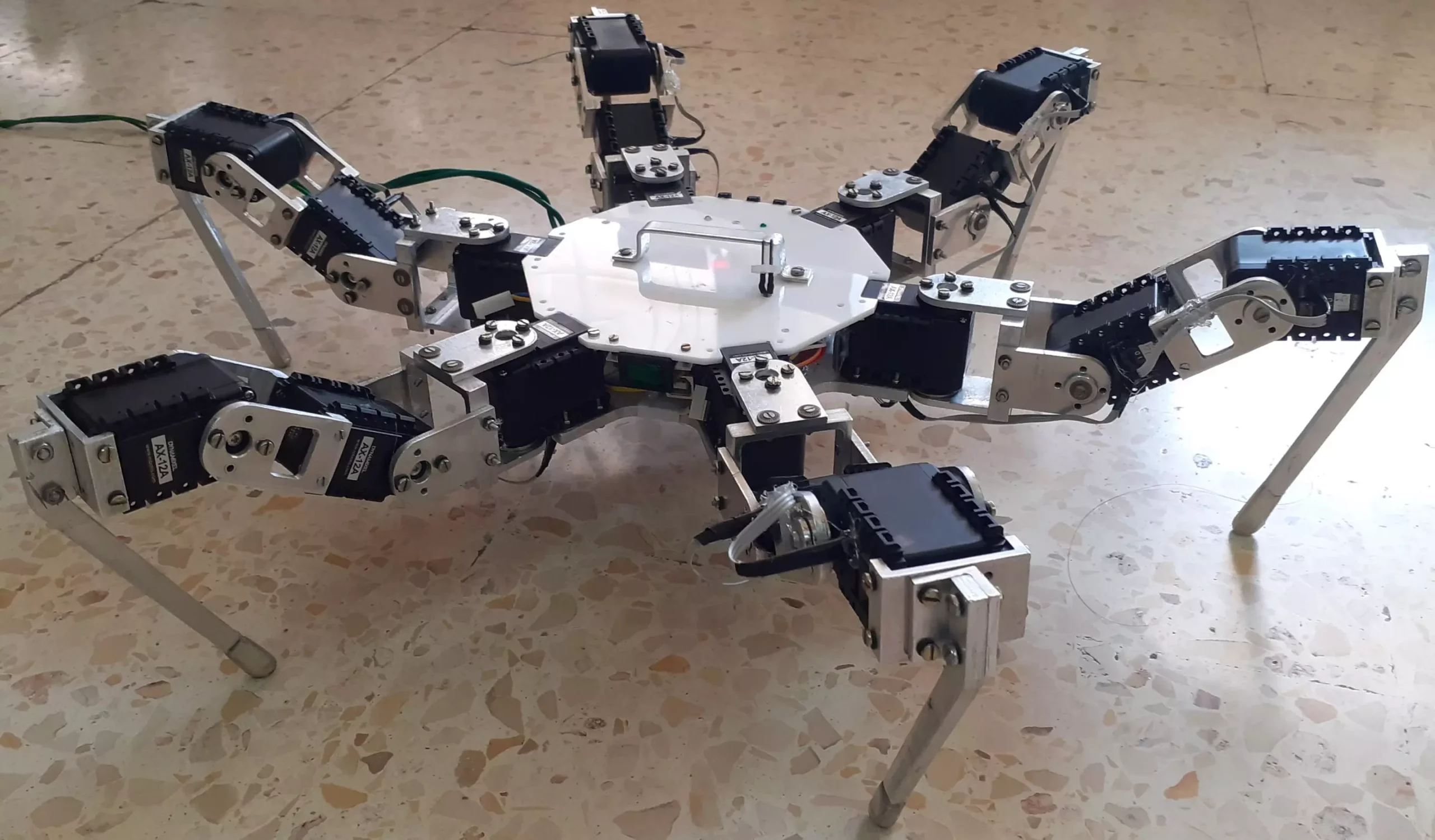Legged robots that can navigate a variety of terrains quickly and effectively have the potential to revolutionize complex missions in challenging environments. From monitoring natural landscapes to search and rescue missions after disasters, these robots offer tremendous opportunities for advancing technology and improving outcomes.
Legged robots are often designed with inspiration from the body structures of animals, allowing them to move swiftly and adapt to different terrains. The key to successful navigation lies in the ability of these robots to adjust their movements and gait styles based on the environmental conditions they encounter.
Researchers at the Higher Institute for Applied Science and Technology in Damascus, Syria, have developed a groundbreaking method for facilitating smooth transitions between different gaits of a hexapod robot. Using central pattern generators (CPGs), which mimic biological neural networks, the team has paved the way for more advanced control techniques in robotics.
The control architecture proposed by the researchers leverages the principles of CPGs to govern the movements of each leg of the hexapod robot. By designing interactions among the oscillators in a novel way, the team has achieved seamless gait transitions and stable movements in both simulated and real robot tests.
In addition to the control architecture, the researchers have also developed a workspace trajectory generator to ensure that the outputs of the oscillators translate into effective foot trajectories for the robot. This computational tool is essential for maintaining efficiency and stability during transitions between different gaits.
One of the most significant outcomes of the research is the harmonious blend of transition smoothness and speed achieved by the control architecture. By focusing on fluidity and quickness in gait changes, the team has set their work apart from previous efforts and demonstrated the effectiveness of their approach.
The new architecture introduced by the researchers holds promise for future applications in other legged robots, allowing them to adapt to environmental changes while maintaining agility. In their upcoming studies, the team plans to further refine their method, enhance malfunction compensation, and explore machine learning for improved adaptability.
As technology continues to advance, the possibilities for legged robots with enhanced navigation capabilities are endless. By integrating machine learning and feedback mechanisms, such as pain sensing, researchers like Kifah Helal and his team are pushing the boundaries of what is possible in robotics. The future of legged robots is bright, with new groundbreaking techniques set to revolutionize the field.


Leave a Reply